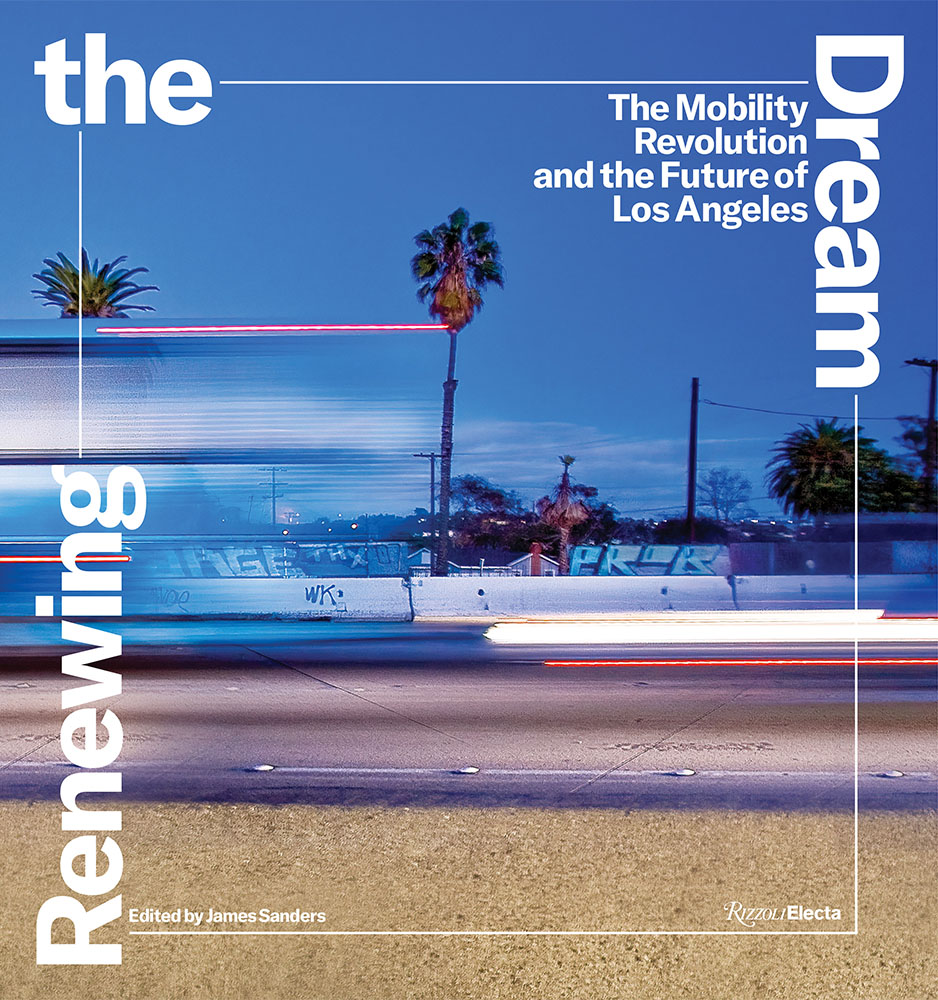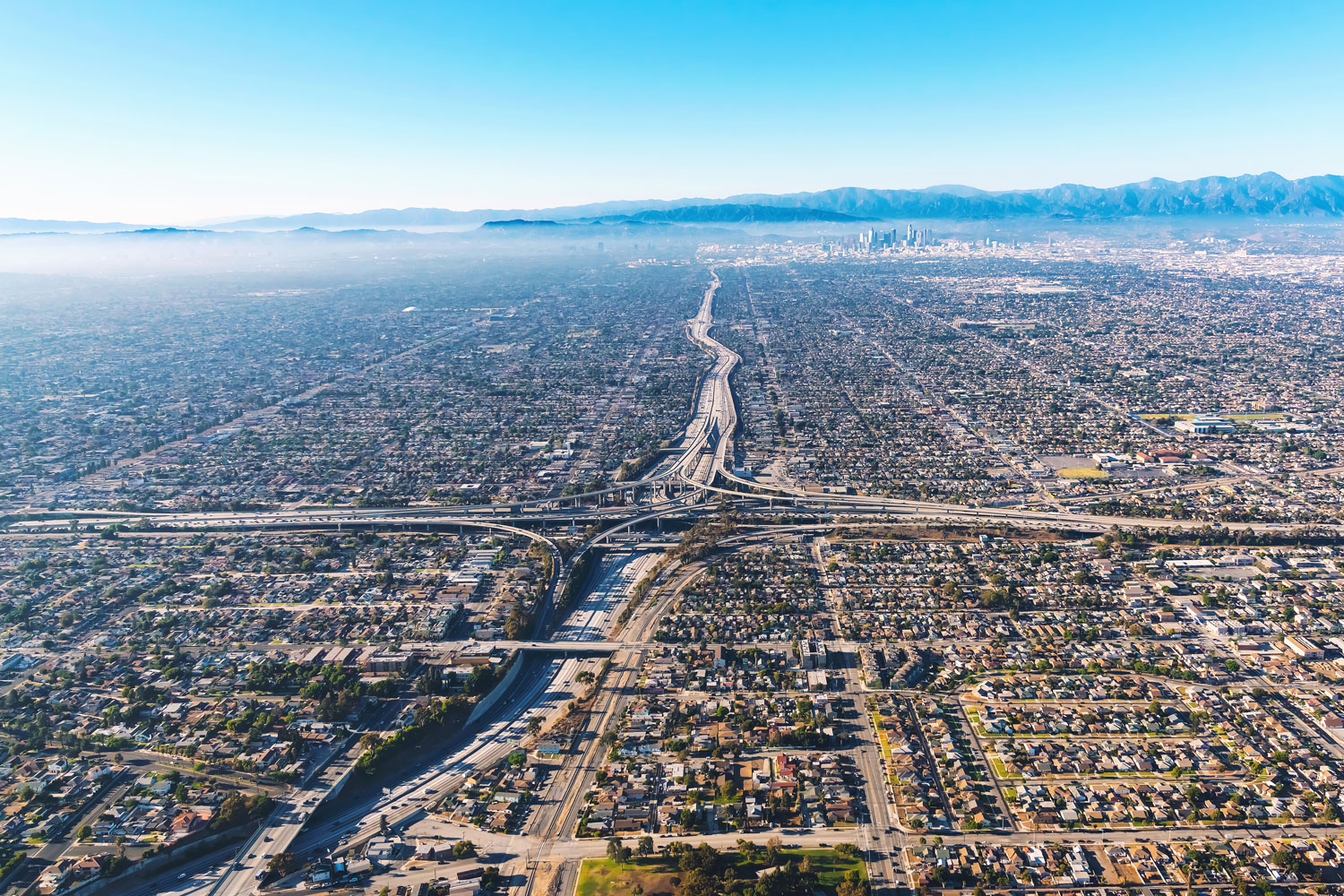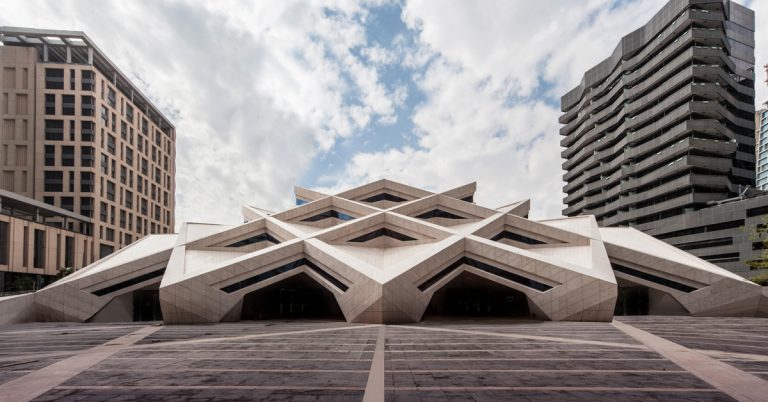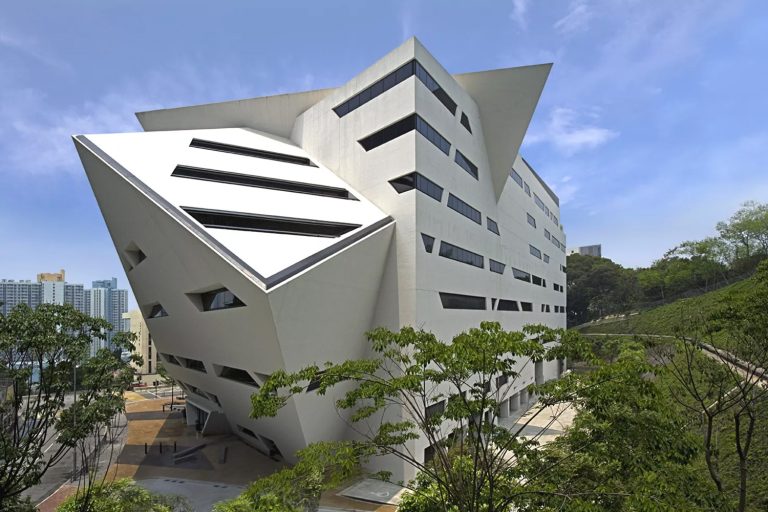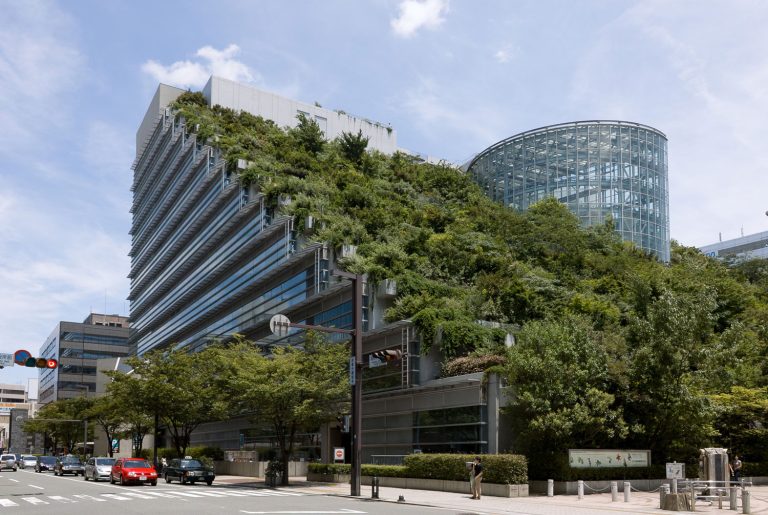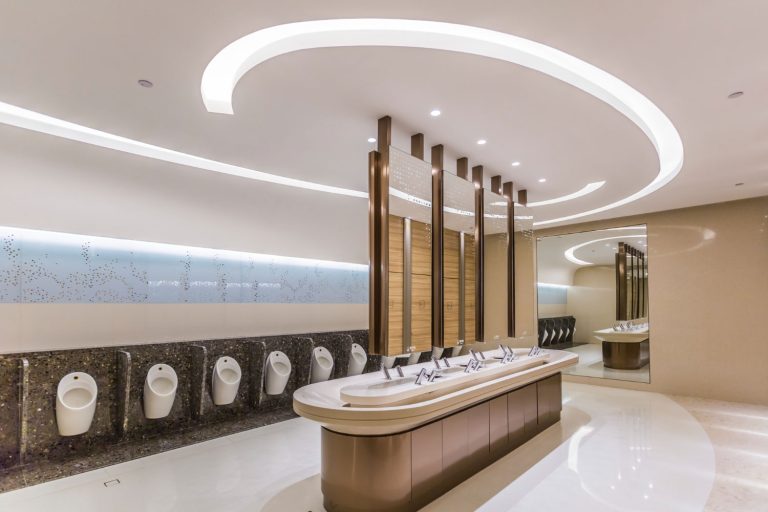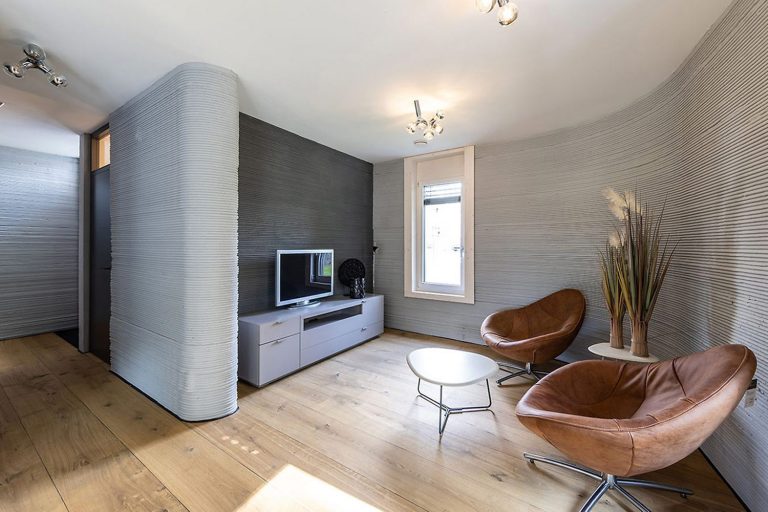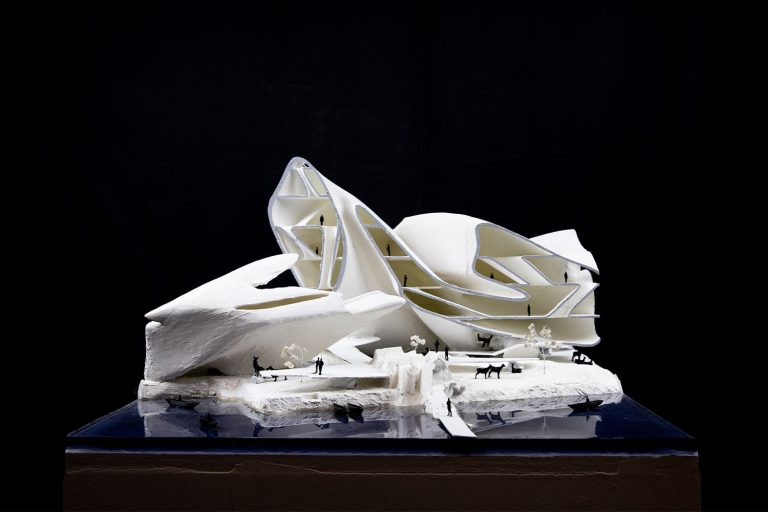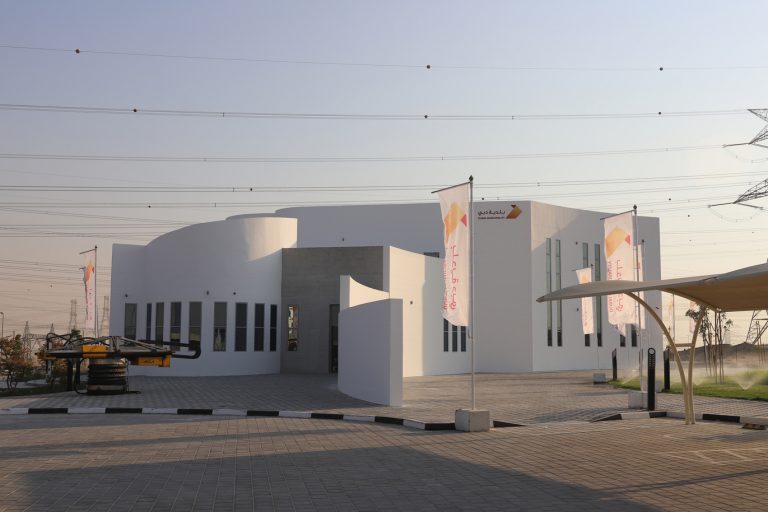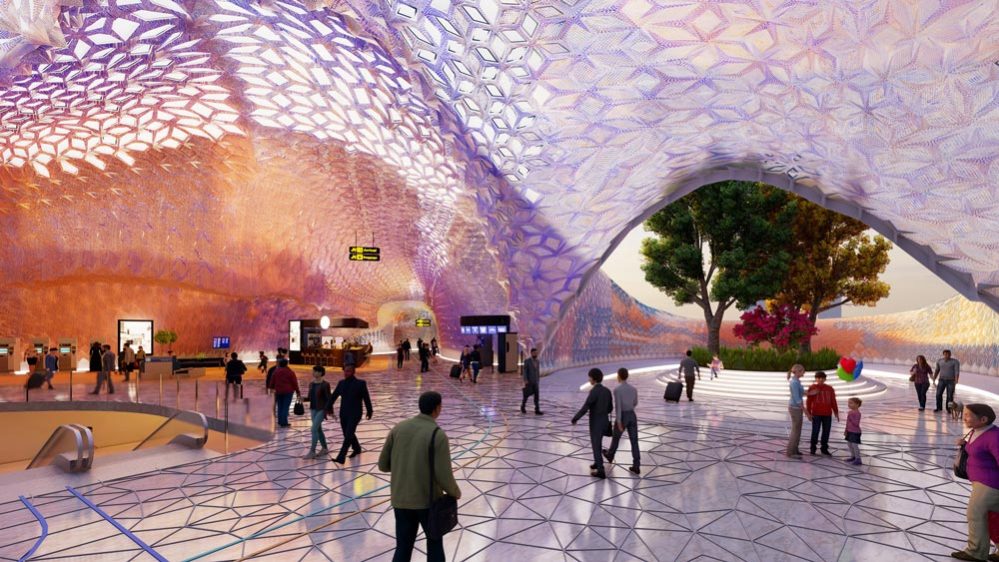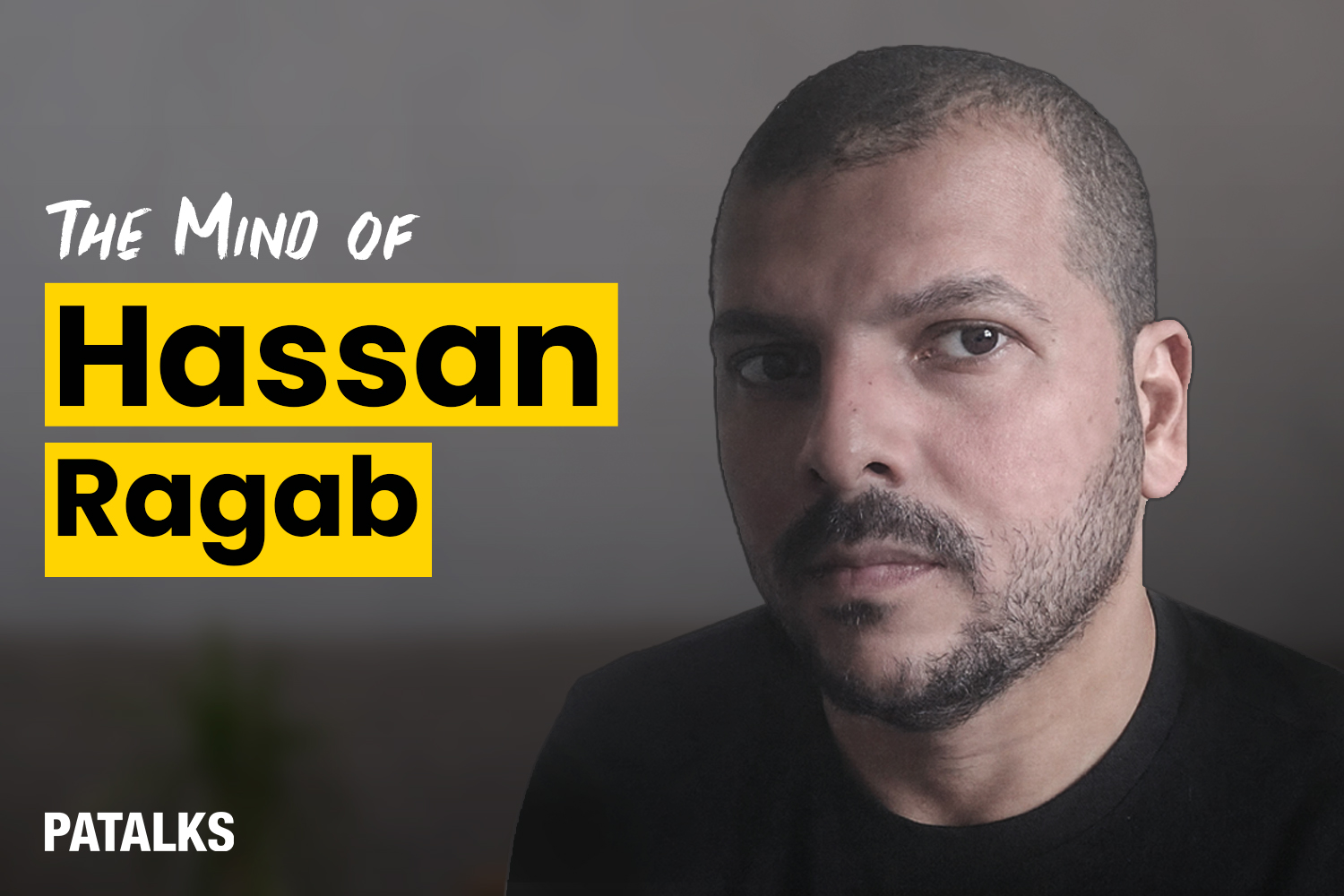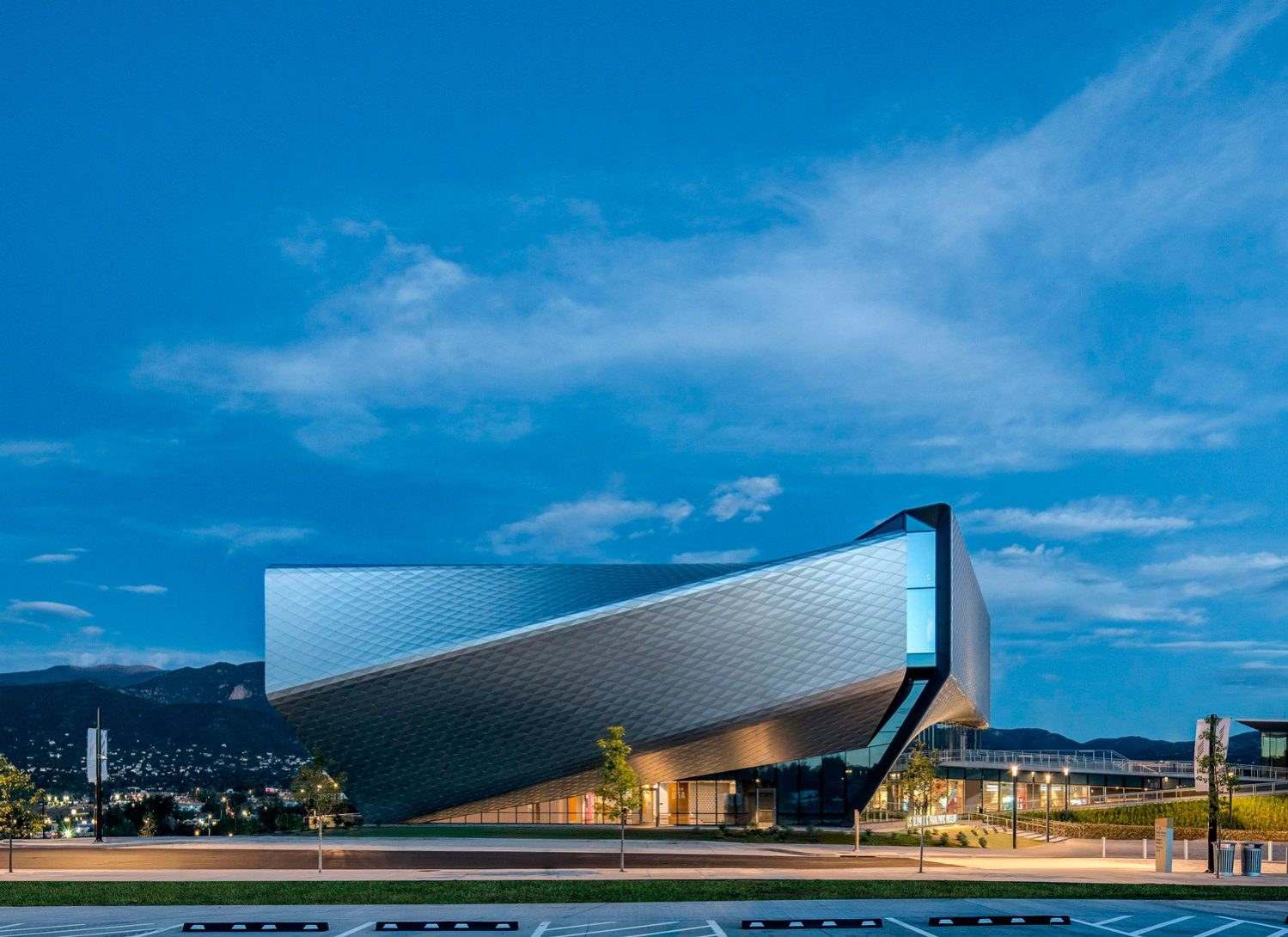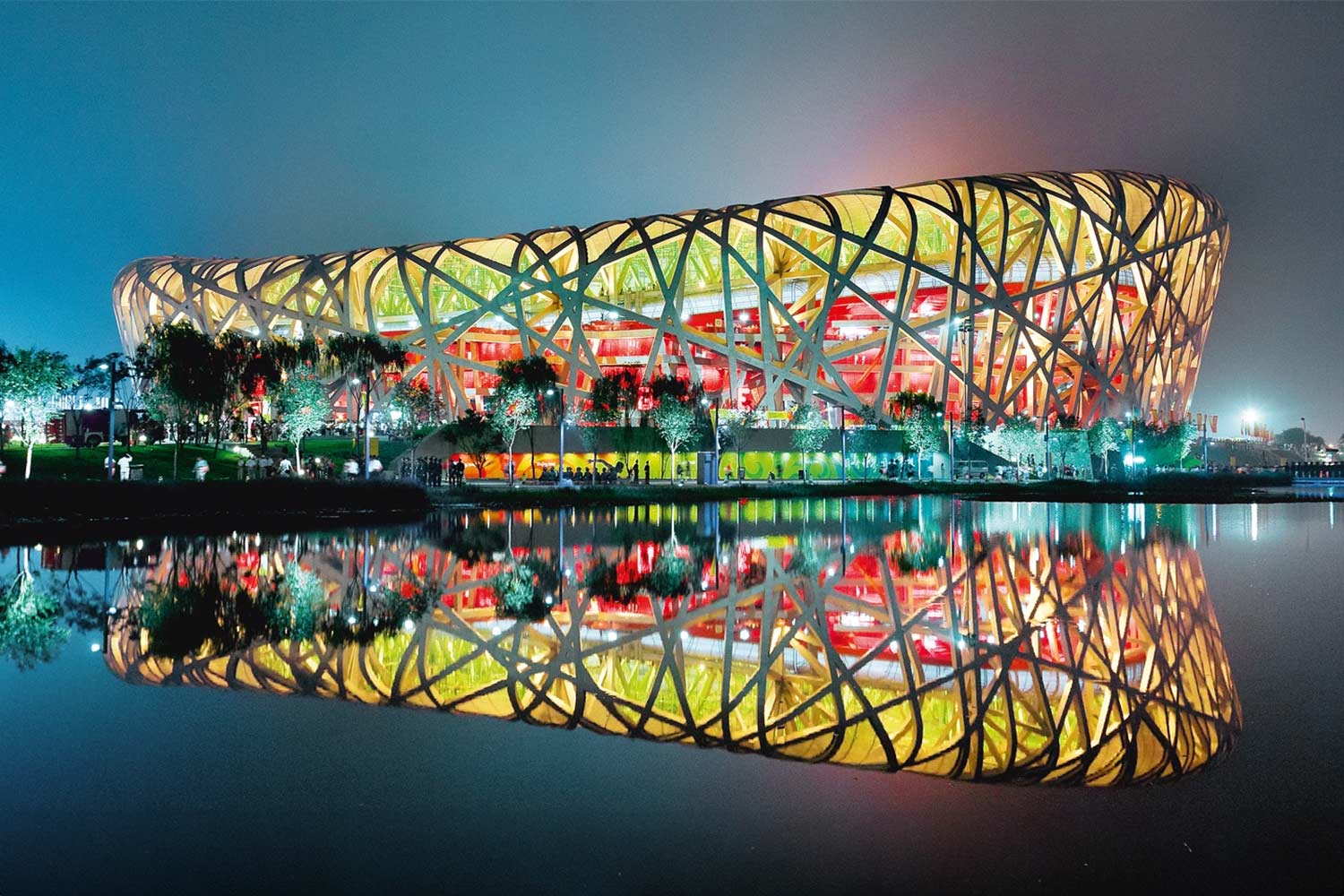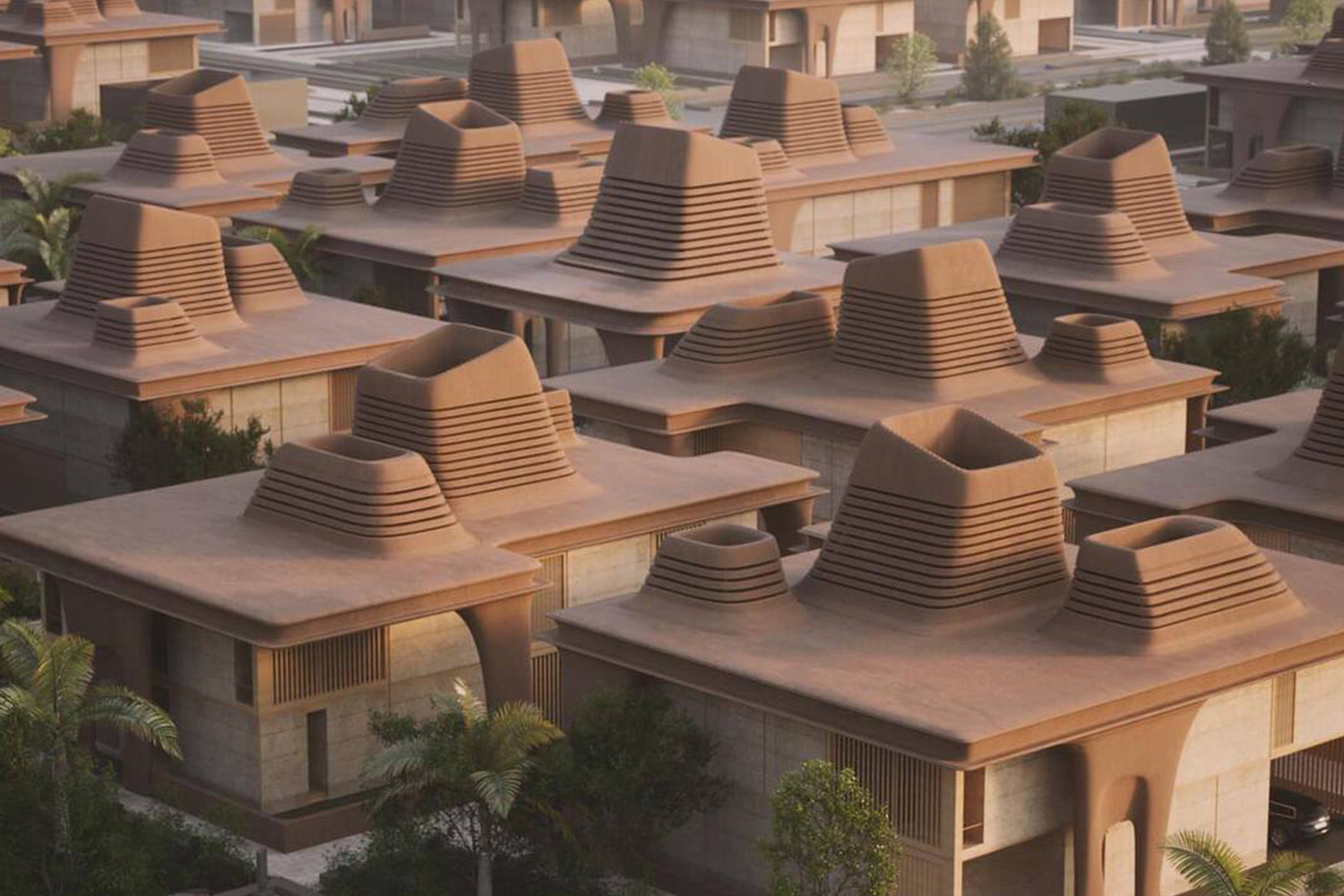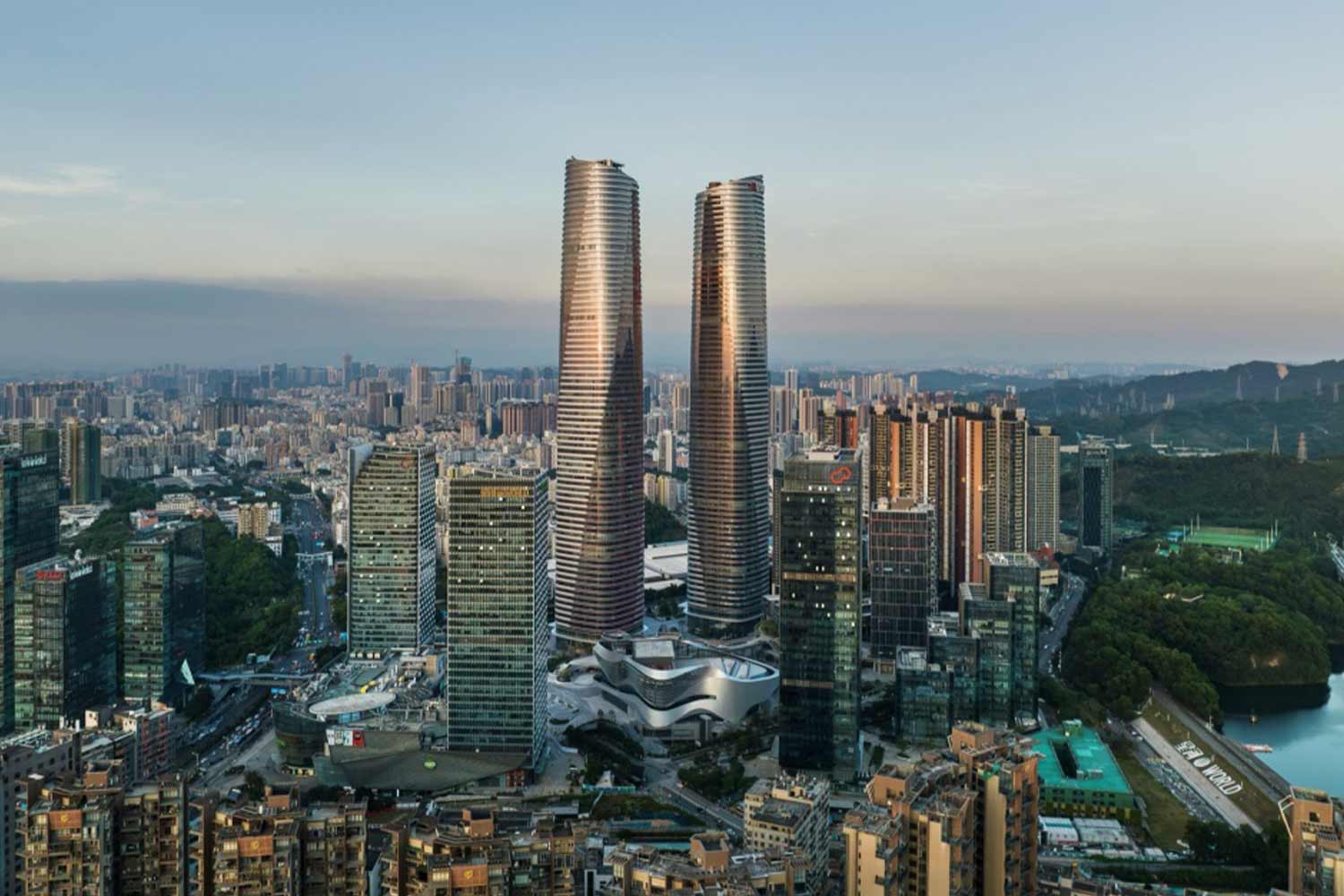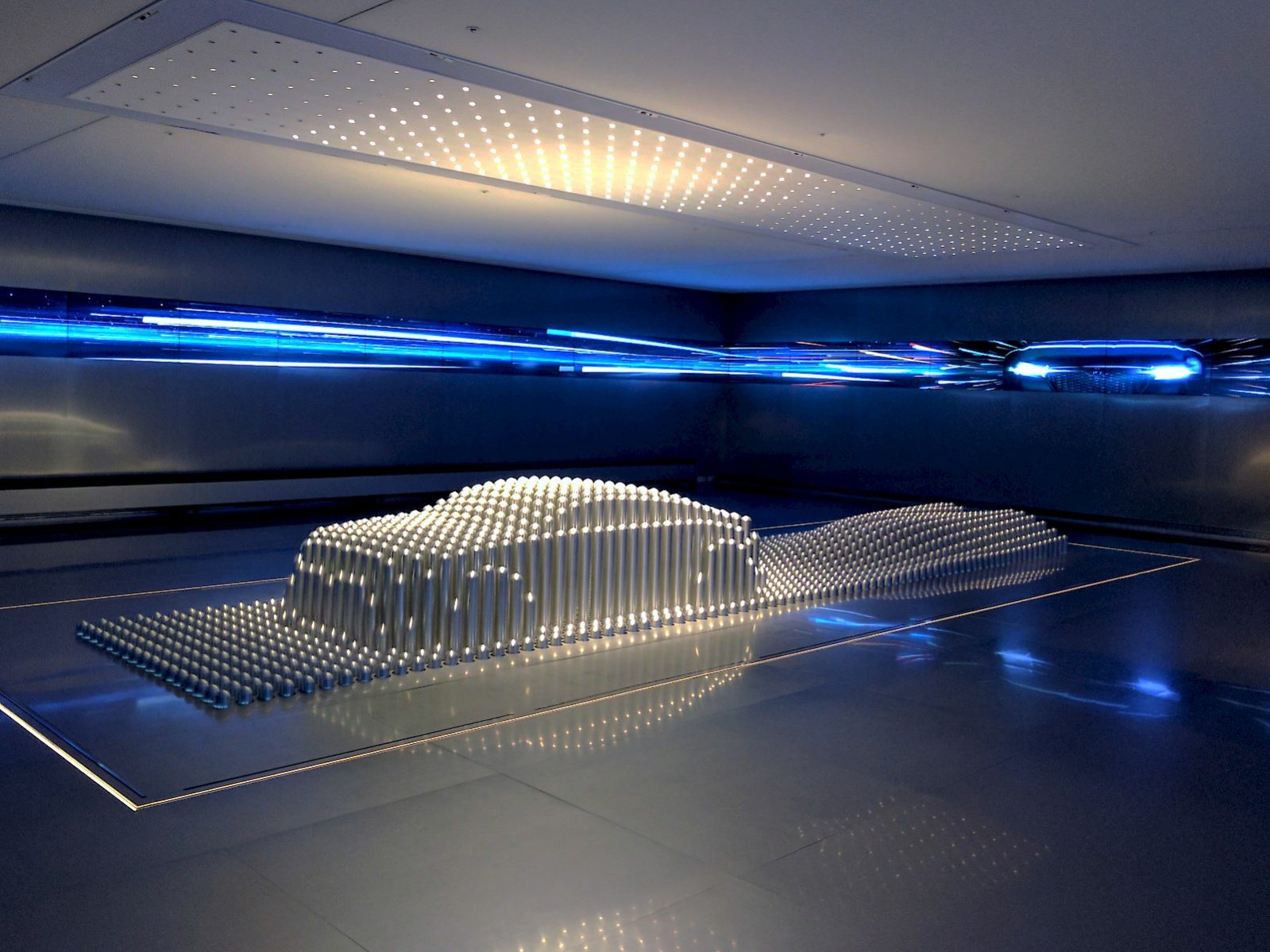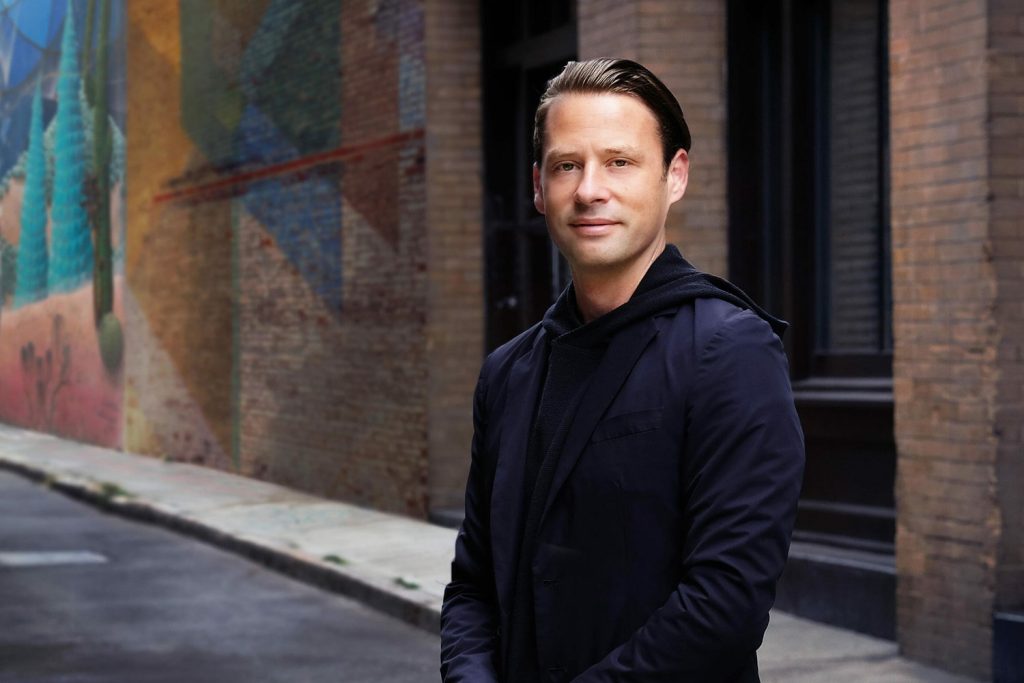
“Renewing the Dream: The Mobility Revolution and the Future of Los Angeles”, is a collaborative effort with Matt Ducharme, who is the West Coast Design Lead of Woods Bagot and edited by architect James Sanders. The book presents the first complete look at the changes remaking the mobility landscape of Southern California.
Matt led a team of experts who brought a wealth of global expertise to the table, along with an approach that prioritizes engagement, empathy, and creative problem-solving. With degrees in structural engineering and architecture, Matt’s design thinking is informed by a multi-disciplinary perspective. He has led award-winning projects across the United States and Australia, including civic, mixed-use, towers, next-generation performing arts facilities, stadiums, and master planning.
We had a conversation with Matt about car-oriented cities and his contributions to “Renewing the Dream: The Mobility Revolution and the Future of Los Angeles.”
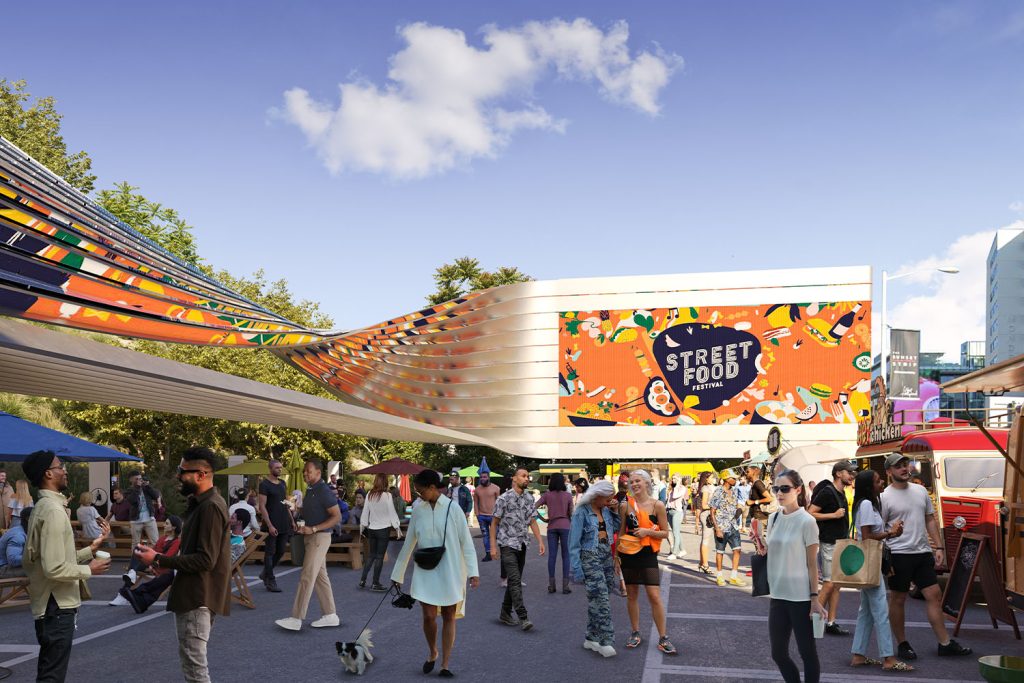
Serra Utkum Ikiz (PA): What inspired you to collaborate on “Renewing the Dream,” and what is the overarching vision you hope to convey through this book?
Matt Ducharme: I’ve been inspired by the mobility revolution that’s currently taking place in Los Angeles. This moment in time has the potential to reinvent and remake what the city can be in the future. That transformation is predicated on new technologies and a multi-modal approach, which is inherently more sustainable.
Renewing The Dream is intended to shed light on this by looking back on years of research and case studies that address the impact of mobility on the urban fabric and built environment. By looking at the history of the impact of the transportation infrastructure on the built environment, communities, and culture, we are able to offer solutions and case studies about where we are going. For instance, the elimination of parking lots due to having new transportation choices would have a profound effect on density and housing. The conversion of gas stations to multi-use EV charging stations references what public space in the city of Los Angeles has been historically and proposes an activated and more community oriented series of spaces throughout the
Los Angeles is the quintessential example and Renewing The Dream uncovers the potential for a more sustainable future.
Serra (PA): The book features contributions from various experts. How did the collaboration with individuals like Frances Anderton, Donald Shoup, and Mark Valliantos enhance the book’s depth and diversity of perspectives? Also, can you share some insights into the collaboration process with Woods Bagot and how it influenced the final product?
Matt: One of the premises of the book is the profound impact – both positive and negative – that transportation has had on the city regarding the built environment and local communities. The chapter “Sunset Crash,” which is a conversation with Eric Avila, exemplifies this and offers an alternative perspective on how the history of mobility in Los Angeles has negatively impacted less privileged communities. As such, the collection of essays and conversations that James Sanders pulled together for the book was intended to show the depth of impact that transportation has on the city from a multitude of perspectives.
The most exciting aspect to this work is that these multiple perspectives influenced the thinking in the designs, and the collaboration between these different perspectives truly emerged in the case studies that Woods Bagot prepared. A great example of this is initial charrettes for ReCharge LA. The initial premise was the conversion of gas station sites throughout the city to EV charging stations. The combined perspectives enabled us to think about these problems more holistically in terms of who would be impacted by these conversions, allowing us to create a more impactful and inclusive set of design solutions.
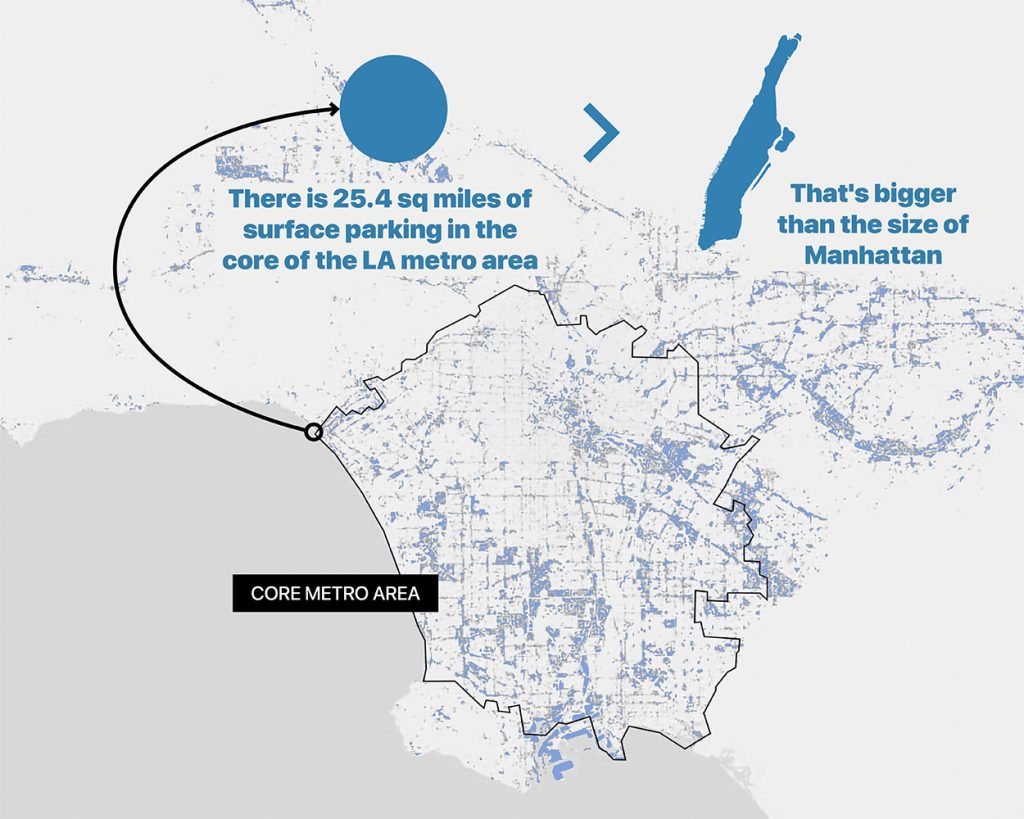
Serra (PA): Los Angeles has a rich history associated with car culture. How do you see the city’s transformation from a car-oriented landscape to a more diverse, dense, and complex place?
Matt: We see enormous potential and a desire for reinvention from the city’s residents. There are a number of key ways that this is outlined in the book, but three of the more profound ways that we look at this are by identifying what happens when the diversity of transportation modality allows you to move away from being predominantly car-oriented.
First, the chapter “MORE LA” explains that if you look at the developable area available for parking lots in the core metro area, it is about 25.4 square miles (larger than the size of Manhattan). Converting this to housing, for example, will allow the city to densify considerably and address a significant housing crisis. The second idea is the opportunity to replace gas stations with EV charging. We see this as a way that the city can take back a key infrastructure and provide flexible, multi-use and community-oriented spaces throughout the city. Finally, the chapter “Destination Crenshaw” shows a layered and exciting opportunity to move away from the automobile. This approach looks to the creativity of the community to create a sense of place surrounding the rail line on Crenshaw Boulevard.
Serra (PA): The book is described as a thought piece on the future of American cities with global resonance. What lessons do you believe other cities worldwide can draw from the experiences and transformations highlighted in “Renewing the Dream”?
Matt: Great public spaces in cities are defined by their flexibility for a multitude of uses throughout the day and year. Also, how surrounding communities are represented in those spaces and how they are activated is compelling. We look at the impacts of this in Los Angeles, but through our case studies and research, we make comparisons to great public spaces – from the Piazza Navona to Bryant Park.
The impacts of new sustainable solutions as it pertains to mobility allow us to rethink the built environment in our cities. This multi-modality of movement is being seen in New York in the same way it’s described in Los Angeles in the book. This is a global transformation that is occurring. When we think about sustainability in transportation, it is about much more than just gasoline. It has a multitude of impacts including parking lots’ and communities’ ability to be a part of the conversation.
Serra (PA): What recommendations or advice would you offer to young professionals entering the fields of urban planning and architecture?
Matt: The role of a designer should be approached with a sense of empathy. By understanding the communities and people that use the spaces that we are designing, we are able to create unique and thoughtful approaches that are inherently more impactful. Every new design problem should start with listening and learning first. This allows our solutions to reflect the complexity, nuance, and vibrance of the people and communities we are designing for.
